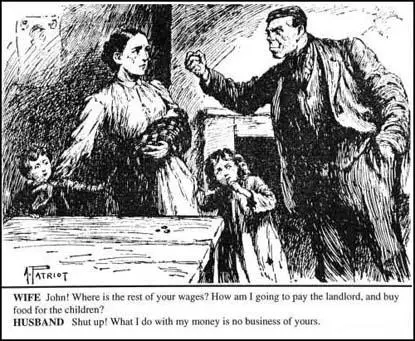Russian marriage 19th century
Brides club- Dating tips author

As we have now reached about the halfway point in the epic saga that is Tolstoy’s War and Peace, there is one theme that has been present throughout and that has resonated with me the most: marriage. Upon doing a little more research, I stumbled upon a book titled An Ordinary Marriage: The World of a Gentry Family in Provincial Russia by Katherine Pickering Antonova. In regards to hereditary nobility at the time in Russia, the statistics are quite astounding. Russian marriage 19th century in the 19th century had the fortune of hereditary nobility.

You are commenting using your Google account. You are commenting using your Twitter account. You are commenting using your Facebook account. Notify me of new comments via email. By continuing to use this website, you agree to their use. In the 19th century Britain women were expected to marry and have children. However, there was in fact a shortage of available men.
Census figures for the period reveal there were far more women than men. There were three main reasons why women outnumbered men. The laws in Britain were based on the idea that women would get married and that their husbands would take care of them. Before the passing of the 1882 Married Property Act, when a woman got married her wealth was passed to her husband. If a woman worked after marriage, her earnings also belonged to her husband. The idea was that upper and middle class women had to stay dependent on a man: first as a daughter and later as a wife. Once married, it was extremely difficult for a woman to obtain a divorce.
The Matrimonial Causes Act of 1857 gave men the right to divorce their wives on the grounds of adultery. However, married women were not able to obtain a divorce if they discovered that their husbands had been unfaithful. In 1854 Caroline Norton gave an account of how her husband beat her during her marriage. I had then no personal dispute with Mr. Norton, but he indulged in bitter and coarse remarks respecting a young relative of mine, who, though married, continued to dance – a practice, Mr.
Russian brides club
Russian Brides
Dating Posts
- Russian marriage youtube
- Marriage with russian woman
- Russian muslim marriage website
- Russian dating Boston
- Russian brides Boston
- Russian dating in Los-Angeles CA
- Russian brides in United Kingdom
- Russian brides for marriage
- Russian marriage youtube
- Marriage with russian woman
- Russian muslim marriage website
- Russian widow marriage
- Russian marriage website
Recent Posts
Categories
Need Help?
Contact Us Toll-Free